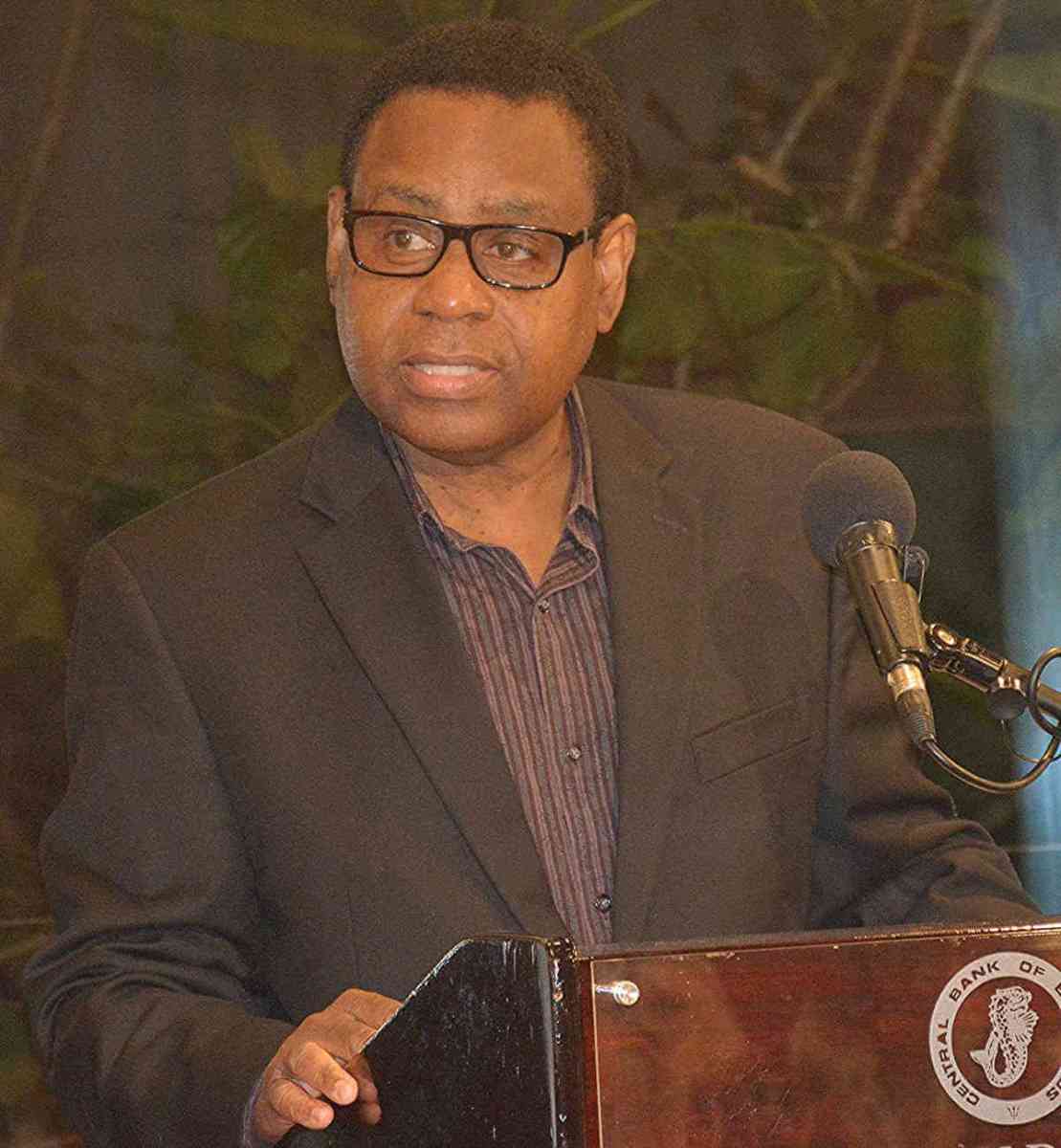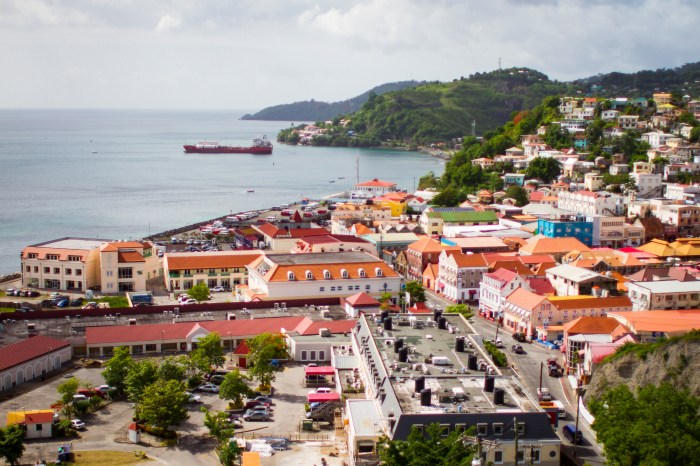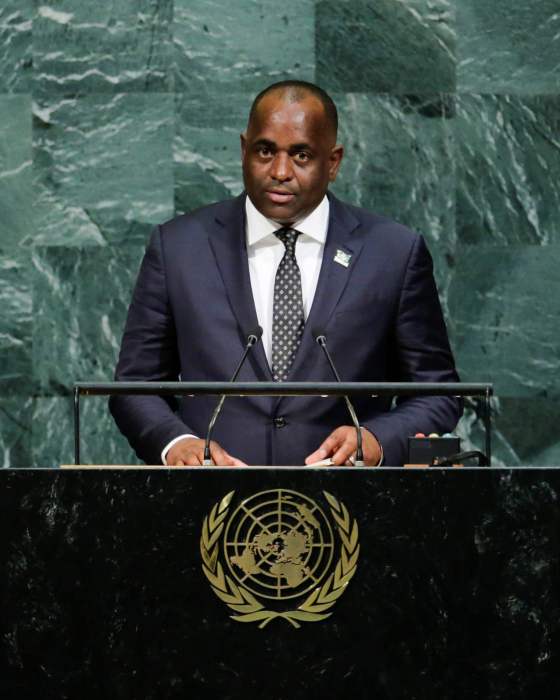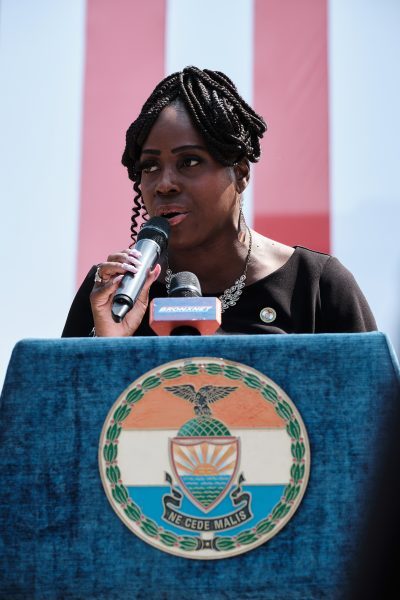A growth trend among most member countries of the Caribbean Community organisation, CARICOM, is projected to continue this year and strike an average two percent expansion of those economies.
Grenada is set to lead the way in 2019 because of its increased activity construction, tourism, agriculture and private education according to the Caribbean Development Bank (CDB).
“Increasing growth rates are projected for Guyana, Suriname and Trinidad and Tobago, driven by developments in the energy sectors.
“Growth will return in Anguilla and will continue in the British Virgin Islands and Dominica, as recovery from the 2017 hurricanes continues,” the regional bank stated in its 2018 Caribbean Economic Review and 2019 Outlook.
CDB’s placement of the economy of Dominica simply on the recovery scale in 2019 contrasts sharply with projections of another regional organisation, the Economic Commission for Latin America and the Caribbean (ECLAC) that forecasts this island will head the list of Caribbean economies.
ECLAC projected that Dominica, which is in recovery mode from devastation by hurricanes in 2017, is set to lead the way, and is far ahead of its peers, in projected economic growth at 9 percent.
This agency of the United Nations had also stated that Antigua and Barbuda will take up the distant second with 4.7 percent growth, closely followed by Guyana at 4.6 percent.
These conflicting projections nevertheless meet in agreement that external factors, as has always been the case, will have an impact on the projections.
For 2019 this impact is likely to be negative.
ECLAC reported on expected international ‘economic uncertainties’, which “will intensify and will arise from different fronts. This will have an impact on the growth of the economies of Latin America and the Caribbean, which, on average, are seen expanding 1.7 percent.”
“The greatest risk to the region’s economic performance over the coming year continues to be a sharp deterioration in the financial conditions facing emerging economies.”
Consistently, CDB stated, “growth prospects partly depend on developments in the global economy. The International Monetary Fund is forecasting that global growth will decline to 3.5 percent in 2019, from 3.7 percent in 2018.”
Another area of agreement in the two projections is on the expected performance of Barbados, which both organisations declared will lag behind the region.
ECLAC forecast a below par performance for Barbados for this year in which it will not measure up to even a full single digit growth in its economy this year by clocking in at 0.5 percent.
CDB stated, “growth in Barbados is expected to be flat as continued fiscal retrenchment could dampen the effects of favourable tourism performance.”
Governor of Barbados’ Central Bank, Cleviston Haynes, showed agreement with that dismal outlook for island when he said while reporting on the 2018 performance, “over the past decade, the average rate of growth was -0.7 percent. Revitalizing growth is therefore critical, but the forecast for 2019 is for growth to be flat. Tourism is expected to perform favourably due to an anticipated expansion of airlift, special events like the English cricket tour and an increase in ships docking at the port.”
With its economy in the midst of recovery, Barbados still has an outside chance of bucking these economic forecasts as the groundwork is currently being laid for a resurgence in foreign investment through drastically lowered taxes, and smaller and more efficient government, two vital pillars on which economic growth could be built rapidly.

























